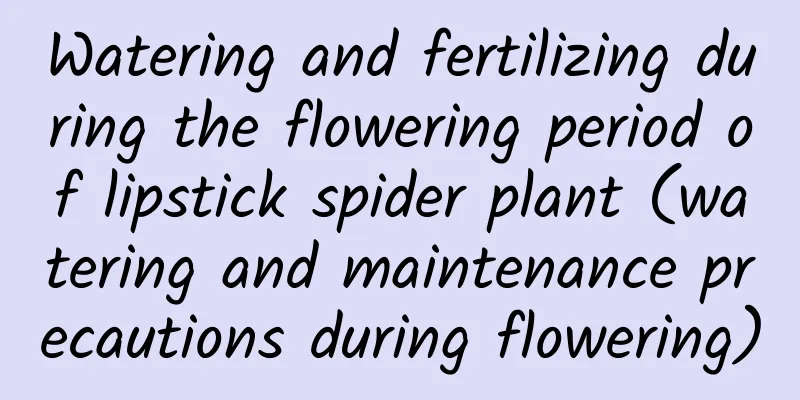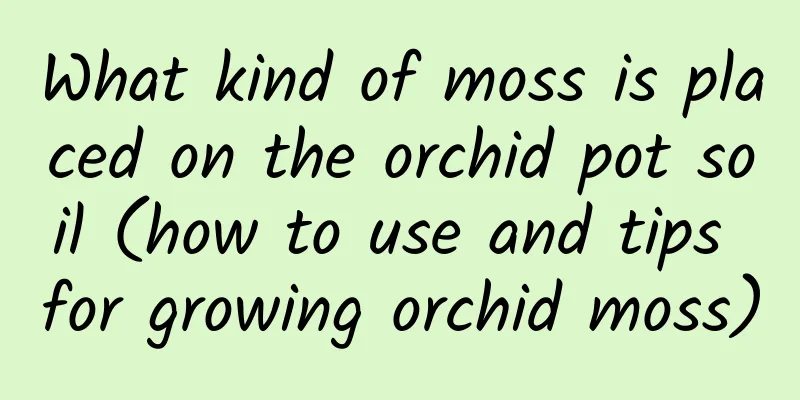Mage soil ratio

1. Soil ratioThe Master is more suitable for growing in breathable soil with certain nutrients. In fact, its requirements for soil are not high. It can grow even if pure garden soil is used. Coarse sand, garden soil and peat soil can be mixed in a ratio of 2:1:1. If you are planting Master seedlings, you can mix peat soil, granular soil and river sand in a ratio of 6:3:1. The granular soil can be vermiculite, medical stone or volcanic rock. If you are planting old stumps of Echeveria, you can mix granular soil and nutrient soil in a ratio of 3:2, and also add some base fertilizer. If conditions permit, you can add some bone meal or wood ash to the prepared soil and use it as base fertilizer, which will help the plant grow better. 2. Pay attention to soil useAfter preparing the soil, it is best to disinfect it, because the soil you prepare yourself may contain some bacteria. If you plant other plants, there may be insect eggs in the soil. Therefore, it is necessary to use high temperature disinfection first to avoid bacteria hindering its growth after planting the master. |
<<: How to make Chlorophytum comosum bloom more
>>: How to plant sea red bean seeds
Recommend
Cultivation methods and precautions of Tiger Jasmine
1. Soil selection Tiger jasmine is a difficult fl...
What to do if the gardenia buds wilt
1. Too much water (1) Specific reason: Too much w...
Reasons why daffodils do not bloom
Many friends have a special liking for daffodils ...
Key points for the maintenance of golden amber in four seasons
Spring and Autumn Maintenance of Golden Echinops ...
How many kilograms of greenhouse cucumbers are generally produced per acre? The yield and profit of greenhouse cucumbers per acre
Greenhouse cucumber yield per mu Generally, about...
Differences between Sudanese Impatiens and New Guinea Impatiens
1. Leaf Difference The leaves of Sudanese Impatie...
Can the purse flower bloom in winter?
Can it be opened in winter? As to whether it can ...
6 kinds of delicious soil fertilizers are available right at your doorstep, so don’t spend money to buy soil!
Earthworm Soil Earthworm soil can be said to be t...
Which month is suitable for planting Japanese knotweed?
When to plant Japanese knotweed It is usually mor...
What flowers are suitable for growing in Wuzhong? What are the city flowers and trees?
1. Climate characteristics of Wuzhong Wuzhong bel...
What fertilizer is good for radish?
Overview of black pine fertilization If you want ...
What fertilizer to use for camellia
1. What fertilizer to use It is better to use org...
When is the best time to prune cinnabar plum blossoms?
The effect of pruning cinnabar plum blossom Pruni...
How to take care of the newly bought Begonia
1. How to deal with Begonia after buying it The n...
When is the best time to plant honey plum?
Honey plum is a fruit that many people like to ea...









